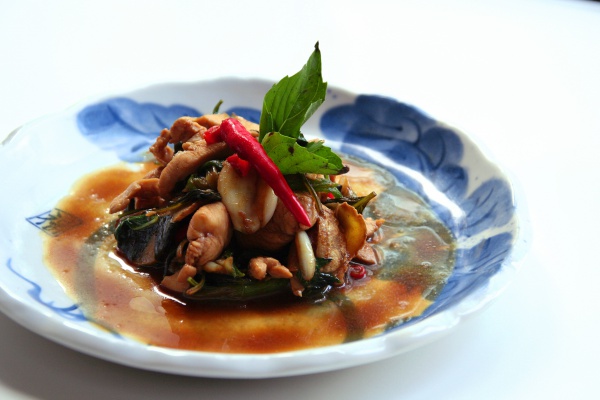Facts About Sanbeiji
Sanbeiji is a renowned chicken dish originating from Chinese cuisine, particularly prominent in Jiangxi cuisine. This flavorful specialty hails from the Jiangxi province in southern China, with Ningdu regarded as its birthplace. Over time, it has also gained popularity in Taiwan, introduced there by the Hakka people.
The history of sanbeiji is steeped in folklore. One well-known story recounts a cook who perfected the dish by simmering it with three types of sauces. Another legend involves Wen Tianxiang, a hero from the Song dynasty. According to the tale, while imprisoned by the Yuan armies, he was served this special dish by a compassionate warden before his execution.
The name "sanbeiji" literally translates to "three-cup chicken" alluding to the three essential ingredients used in the recipe: soy sauce, rice wine (typically mijiu or a blend with Shaoxing wine), and sesame oil. However, esteemed chef Lin Shangquan suggests a slightly different version, which includes soy sauce, sesame oil, sugar, ginger, garlic, and basil.
To prepare sanbeiji, the chicken is cooked in an earthenware pot. It begins on high heat for about ten minutes, then continues to simmer on low heat, allowing the meat to absorb the rich sauce. What makes the dish distinctive is that it is typically served without any excess sauce, resulting in flavorful chicken with a crispy texture.
Sanbeiji stands out for its rich taste and unique texture, distinguishing it from other Chinese or Taiwanese stews. Traditionally, it is enjoyed with steamed rice or rice congee, but the chicken can be substituted with pork or frog for equally delicious versions.
